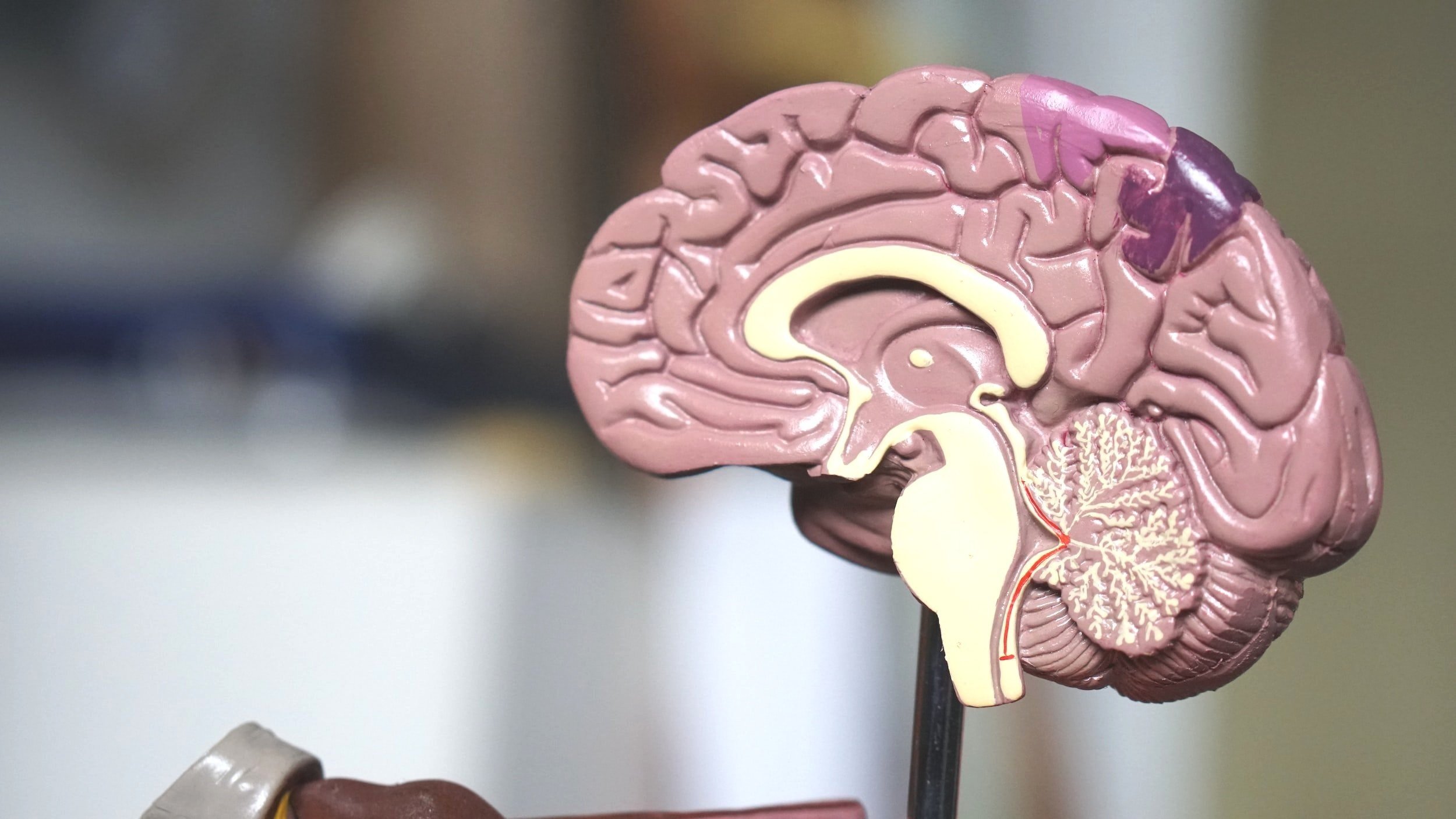
Mechanical Tissue Resuscitation
Clinical Tools to Advance Recovery from Traumatic, Ischemic and Hemmoraghic Injuries of the Brain, Heart, and Spine
Louis Argenta, M.D., got the idea while lying awake one night in 1990, thinking about the case of a diabetic patient with bedsores.
Argenta, professor and chairman of Wake Forest University’s Plastic and Reconstructive Surgery Department, worked with his colleague, bioengineer Michael Morykwas, PhD, to design a suction device that became known as a Vacuum-Assisted Closure (VAC) device.
In the years since their first patent in 1991, the V.A.C. has been used on millions of patients around the world, and it is seen as one of the major, life-saving advances in the treatment of large wounds. The VAC is a suction device applied after a wound is dressed. The device then draws bad fluid from the wound while promoting its closure. VAC therapy has greatly broadened in the years since the Food and Drug Administration first approved its use in 1995. Today, it is used to treat a wide range of wounds, including diabetic ulcers, burns, traumatic wounds and more.
“Invention of a Vacuum-Assisted Wound-Closure Device”, Atrium Health, Wake Forest Baptist.
Current treatment modalities for Traumatic Brain Injuries (TBI) include both surgical and pharmalogic: removal of various amounts of skull to allow the brain to swell outside of its normal boundaries, insertion of drains to removed excess pooled fluids, treatment with mannitol, steroids, etc., to create an osmotic gradient inside the vasculature to remove excess fluid from the brain interstitium.
Initial work in rodents demonstrated that the application of a localized SaPP™ (Sub-atmospheric Pressure Pump™) to the area of injury produces mechanical tissue resuscitation of compromised cells.
Building on the success of VAC therapy, Drs. Argenta and Morykwas researched and developed a new therapeutic modality while at the Wake Forest School of Medicine (formerly the Bowman Gray School of Medicine) at Wake Forest University. This new modality, Mechanical Tissue Resuscitation, or MTR™, has shown promising results in scientific studies.
Developed by Renovo Concepts, Inc. the initial product offering in development is the Gen 1 MTR™ Brain application.
Mechanical Tissue Resuscitation, or MTR™ – the controlled application of vacuum to the injured area - significantly modulated the concentration of metabolites and lactate in the area of injury, decreased water content and edema, decreased the volume of the resultant brain injury cavity, quantitatively improved ultimate neuronal survival, and improved the recovery of the animals treated.
In an additional study, we investigated the application of mechanical tissue resuscitation to prevent or attenuate the neurological sequelae of TBI, as measured by recovery of functional deficits (BBB score, walking on a rotary wheel and balance beam, etc.)
In peripheral body wounds, the application of SaPP™ technology has been demonstrated to increase blood flow approximately 4-fold by laser Doppler measurement. Changes in microvascular blood flow depend on the amount of sub-atmospheric pressure applied, the distance from the wound edge, and the type of tissue being treated.
In the swine model, we preliminarily examined blood flow as well as physical deformation of the brain parenchyma, electroencephalogram (EEG) changes, and behavioral changes when sub-atmospheric pressure was applied directly to the uninjured brain. Utilizing MTR™ Brain with -100 mmHg for 72 hours reduced total necrotic brain tissue volume by 53% compared to control in a published animal study.
Proposed Application for Human Patients
Patient receives decompressive surgical procedure
Proprietary manifold non-invasively placed on the surface of the brain
Potential for application within hours post injury, removing edema and mitigating secondary injuries
Regulated SaPP™ technology for controlled therapy
Actively manages and decreases interstitial pressure
More rapid removal of excess fluid from the brain to help improve functional outcome and patient recovery
